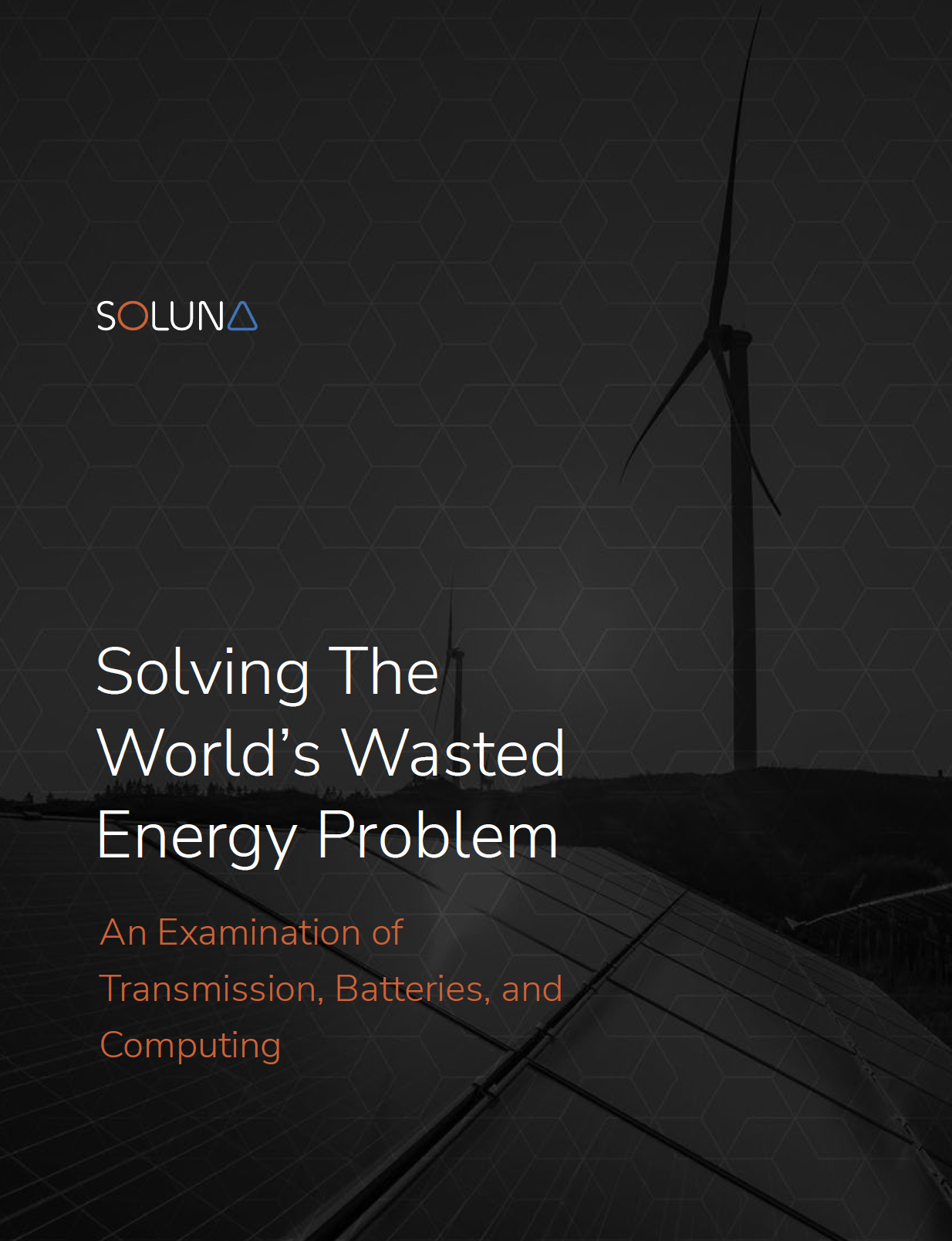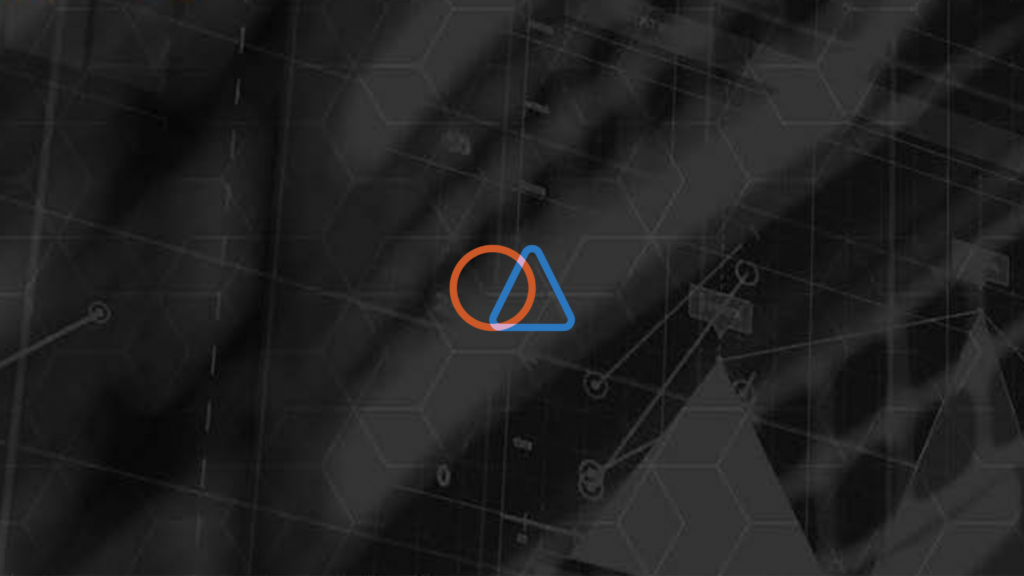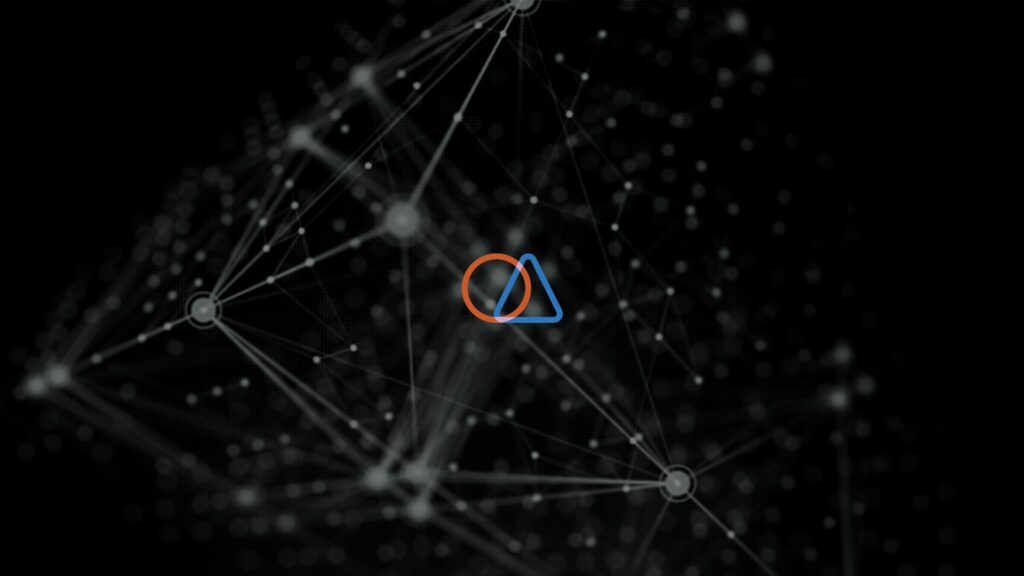By Isaac Maze-Rothstein in collaboration with Soluna
Wind and solar generation are the dominant new forms of electricity generation in the United States. They will be for the foreseeable future. This trend is being driven by decreasing costs and increasing demand from utilities and companies seeking affordable, clean electricity.
However, renewable energy brings with it a unique circumstance of intermittency – the fact that the wind does not always blow and the sun does not always shine. As a result, while renewable energy development grows dramatically, power operators face one of the biggest challenges to the economics of renewable energy: wasted energy.
Wasted energy, often referred to as curtailment, is “a reduction in the output of a generator from what it could otherwise produce given available resources, typically on an involuntary basis.” Put simply, it is the problem of not being able to sell all of the clean energy that has been produced back to the electricity grid.
Reviewing multiple reports, we have identified three ways solar and wind developers, owners, and operators can mitigate curtailment at their sites:
- Transmission
- Battery storage
- Flexible computing
Comparing these solutions, we conclude each will have a role to play in enabling renewable generation and mitigating curtailment. Many developers are just coming to realize that flexible computing is one of the three primary tools they can use to directly mitigate the risk of curtailment with significant advantages over battery storage and transmission.




